82-year-old Stroke Survivor & Wife Travel From New Jersey to Oregon To Train with Tracy L. Markley
Last year, I received an email from a wonderful woman who lives on the New Jersey Coast. She had read my books and wanted to know if she could fly herself and her 82-year-old stroke survivor husband to Florence Oregon, to train with me. She shard some stories of trainers refusing to work with him and those who did not have the knowledge needed. She also shared a couple stories about physical therapist not wanting to bother with using specific equipment that was needed for him. This is so disappointing. He is now almost 4 years post-stroke and she has still searched out some guidance toward a better recovery for him. It saddens me with all that she has gone through, but I am grateful that I could help, the best I know how. I made some great life time friends.
 I am honored that she reached out to me. I am still in “ahh”, by the whole experience. Often stroke survivors and their caregivers do not find the help needed to further their recovery after physical therapy ends. Unfortunately, some survivors do not even get good physical therapy in the crucial, early stages in recovery, when it is essentially needed. She shared with me some not so good experiences she and her husband had faced, like many others I have spoken with.
I am honored that she reached out to me. I am still in “ahh”, by the whole experience. Often stroke survivors and their caregivers do not find the help needed to further their recovery after physical therapy ends. Unfortunately, some survivors do not even get good physical therapy in the crucial, early stages in recovery, when it is essentially needed. She shared with me some not so good experiences she and her husband had faced, like many others I have spoken with.
They arrived the last week of September 2018, and we met to train almost every day for 4 weeks. It was a productive training month for him. He made some important gains, but has much more hard work to do. I am helping them find a professional near them with the neuro and biomechanics knowledge, needed to bring him further in recovery.
She shared with me that what sold her to come see me was a handwritten note I sent to her inside of the book order she had. She ordered “The Stroke of An Artist, The Journey of A Fitness Trainer and a Stroke Survivor.” I knew she would get more out of help with that book if I sent her my second book “Tipping Toward Balance, A Fitness Trainer’s Guide to Stability and Balance.” I included it with the other book as a gift. I had no idea that that would lead to her and her husband taking a journey from the Jersey coast to the Oregon coast to train with me in person. It is very special.
I have surveyed 100s of stroke survivors in the challenges they have faced finding good guidance in further recovery. Even though there are good stories, there were a much higher amount of disappointing experiences many survivors and their caregivers have faced. Some keep pushing forward and some gave up.
Article reprinted with permission from Tracy Markley.
Fitness Specialist and Educator Tracy Markley is the Founder of Tracy’s Personal Training, Pilates & Yoga in Florence, OR. Tracy has over 2 decades experience in the fitness industry; she holds numerous specialty certifications, including many for those with medical conditions & chronic disease. She’s also studied the Brain and the neurological system, and has had great success working with seniors and special populations in stroke recovery, neurological challenges and fall prevention. Tracy also serves on the MedFit Education Foundation Advisory Board
She’s authored 3 books: “The Stroke of An Artist, The Journey of A Fitness Trainer and A Stroke Survivor” and “Tipping Toward Balance, A Fitness Trainer’s Guide to Stability and Walking” and “Stroke Recovery, What Now? When Physical Therapy Ends, But Your Recovery Continues”. Her books bring hope, knowledge and exercises to those in need, as well as sharing her knowledge and experience with other fitness professionals.



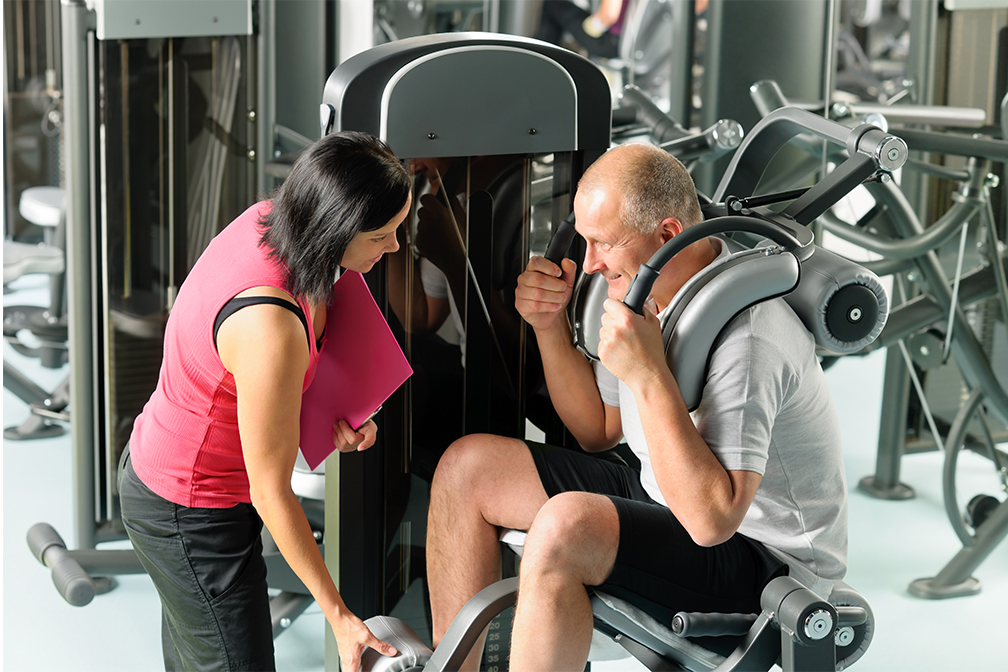
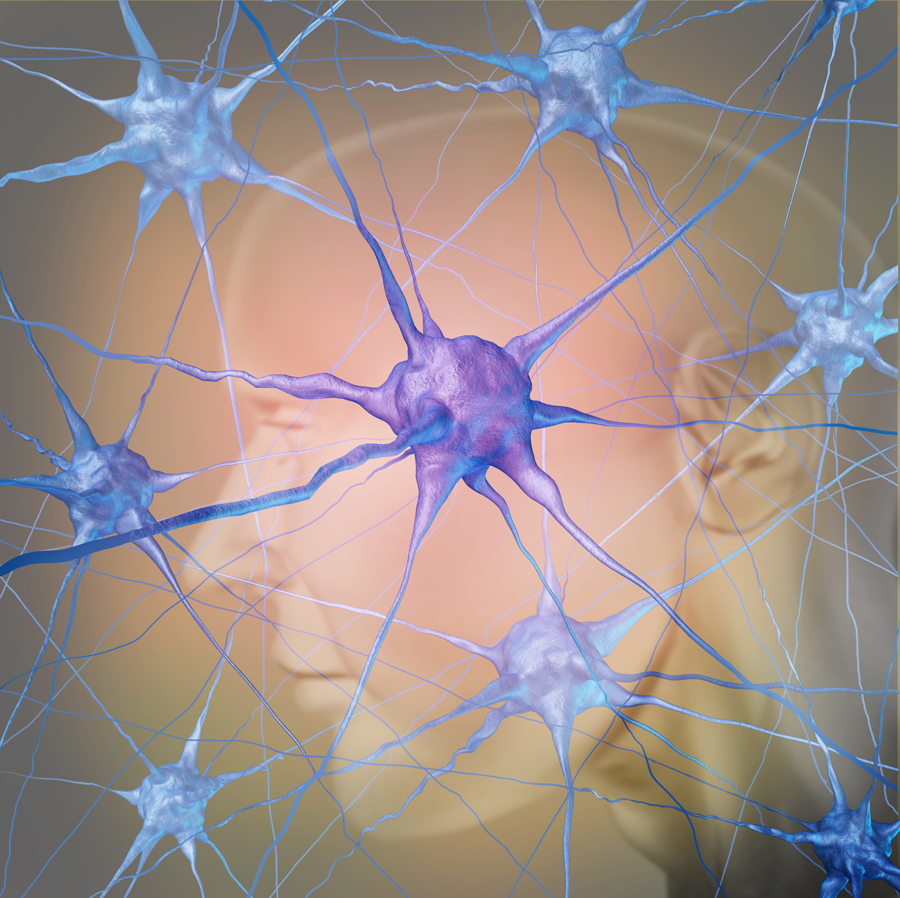
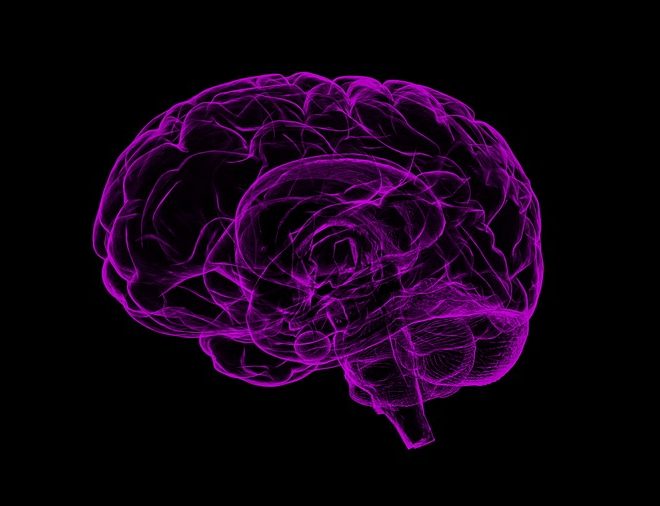 The helpful news from WHO is this: Exercise plays a key role in fighting cognitive decline and dementia.
The helpful news from WHO is this: Exercise plays a key role in fighting cognitive decline and dementia.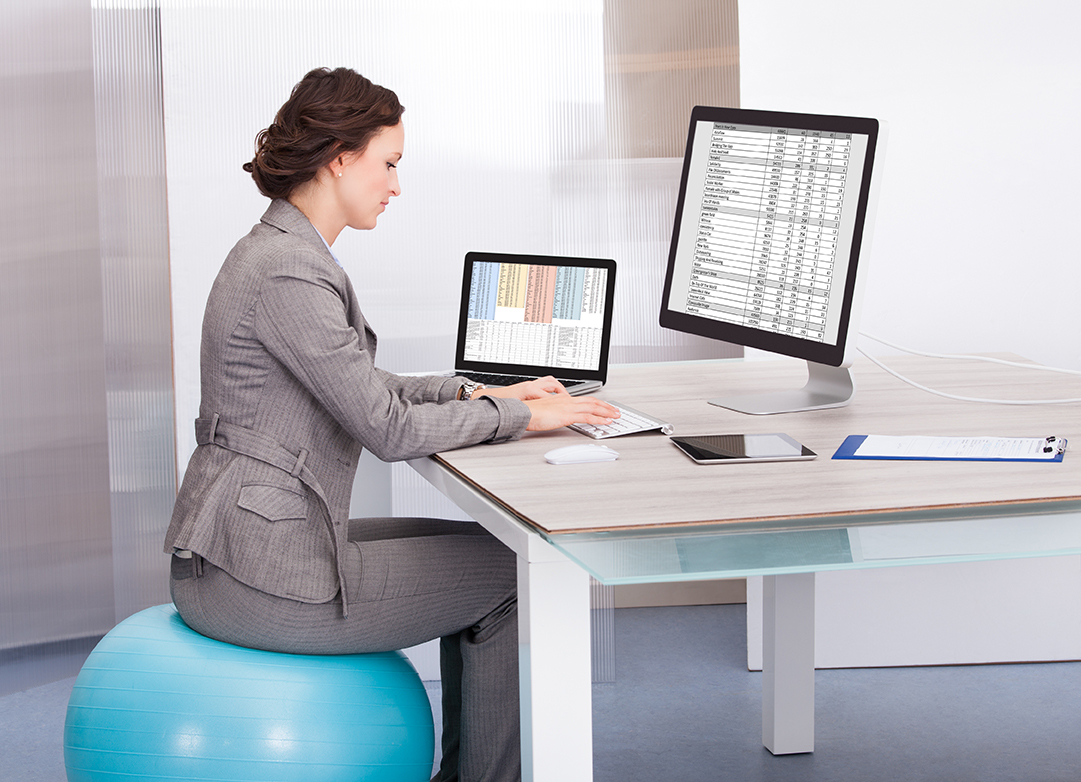



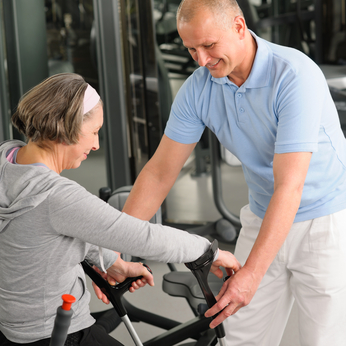
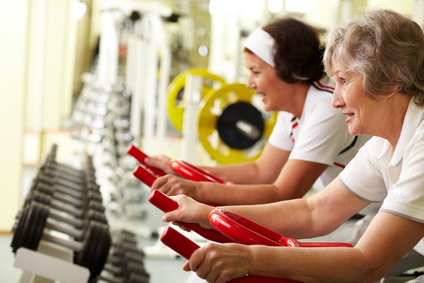
 What to do once you’re up and running? In the first year it’s important to have a working budget. This may only lend itself to 3-5 patients coming to your program to start. Once they experience the benefits of exercise and wellness, they will quickly tell their fellow patients. It’s also important to spread the word via small group lectures and fitness demonstrations. Since most cancer centers have monthly support groups, it’s a great place to conduct a 30 minute lecture and demonstration for local survivors. Next – a couple of sample articles for the local newspaper (perhaps a series) on the benefits of exercise for cancer survivorship. There are new research reports out each month. Lastly – call your local radio show and book a time to discuss exercise for cancer survivorship. They would love to have a topic like this for their time slots.
What to do once you’re up and running? In the first year it’s important to have a working budget. This may only lend itself to 3-5 patients coming to your program to start. Once they experience the benefits of exercise and wellness, they will quickly tell their fellow patients. It’s also important to spread the word via small group lectures and fitness demonstrations. Since most cancer centers have monthly support groups, it’s a great place to conduct a 30 minute lecture and demonstration for local survivors. Next – a couple of sample articles for the local newspaper (perhaps a series) on the benefits of exercise for cancer survivorship. There are new research reports out each month. Lastly – call your local radio show and book a time to discuss exercise for cancer survivorship. They would love to have a topic like this for their time slots.